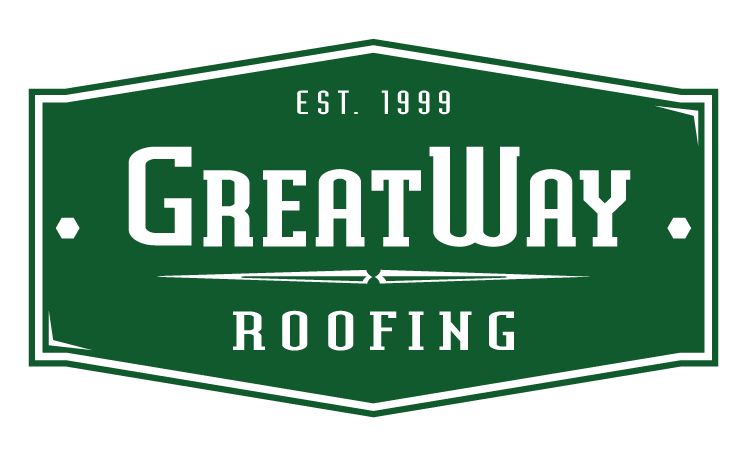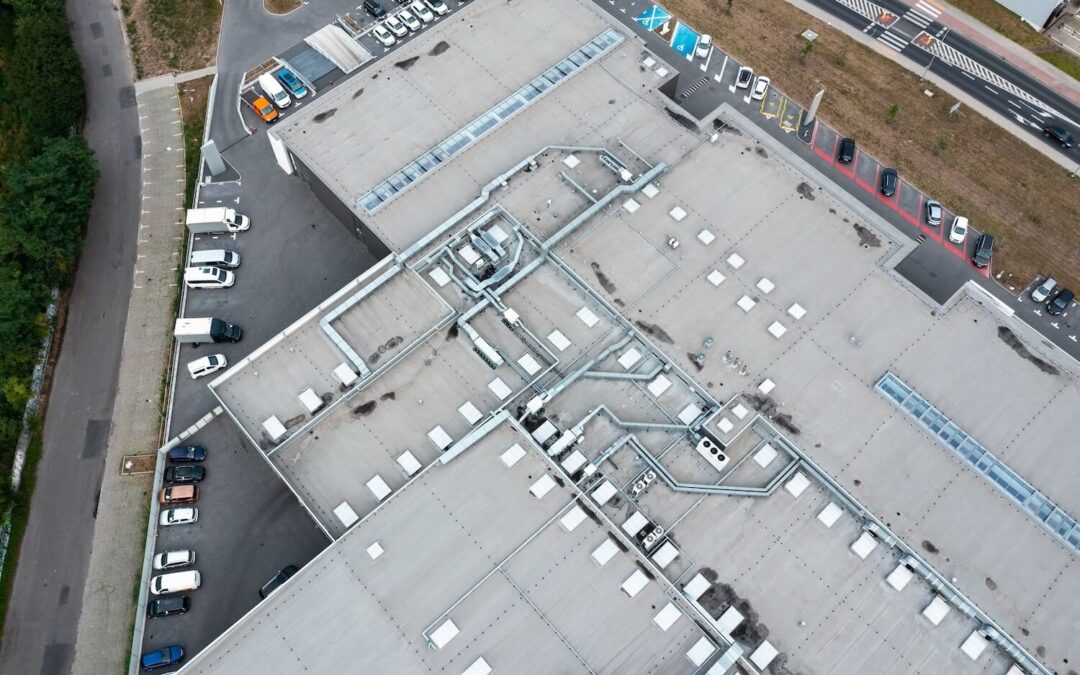When it comes to the structural integrity of commercial buildings, the roof plays a pivotal role. A durable roof not only protects the contents and inhabitants of the building but also ensures longevity and reduces maintenance costs. With the rising materials and labor costs, understanding how to achieve a durable roof is crucial for building owners and facility managers.
In this article, we delve into the secrets of a long-lasting roof, gleaned from the insights of commercial roofing experts.
1. Strategic Roof Planning and Roof Design
Achieving a durable roof starts long before the first piece of material is laid. Strategic planning and meticulous design are crucial steps that set the foundation for a successful roofing project. Here are some key considerations from commercial roofing experts:
Comprehensive Site Assessment
A thorough site assessment is essential before embarking on the design process. This includes evaluating the building’s location, climate conditions, roof structure, and potential obstacles. Understanding these factors helps in selecting the most appropriate roofing system.
Customized Roofing Design Solutions
One-size-fits-all solutions rarely work in commercial roofing. Each building has unique requirements, and the roofing design should be tailored to meet those needs. This might involve choosing a particular slope, drainage system, or reinforcement techniques.
Integration with Building Systems
A roof doesn’t function in isolation; it must be integrated seamlessly with other building systems, including HVAC, plumbing, and electrical setups. Ensuring these systems work harmoniously with the roofing design helps prevent future conflicts and potential damage.
Sustainability Goals
Modern commercial roofing design often incorporates sustainability goals, including designing for solar panel installations, creating green roofs, or using energy-efficient materials. Sustainable design contributes to environmental conservation and can result in long-term cost savings.
Future-Proofing
A durable roof should be designed with the future in mind. This involves considering potential expansions, the impact of technological advancements, and the possibility of increased load due to additional equipment or modifications. Future-proofing ensures the roof remains functional and relevant for many years.
Regulatory Compliance
Adhering to local building codes and regulations is non-negotiable. Relevant authorities should review and approve design plans to ensure compliance with all safety and structural standards, prevent legal issues, and ensure the roof meets all required specifications.
Risk Management
Identifying and mitigating risks early in the design phase can prevent costly issues. This includes considering the impact of severe weather events, potential fire hazards, and other environmental factors. Incorporating risk management strategies into the design enhances the roof’s durability.
Material Compatibility
While choosing materials is crucial (as detailed in the next section), ensuring compatibility between different materials is equally important. Incompatible materials can lead to premature failure and maintenance challenges.
2. Proper Roofing Installation Techniques
Even the best materials can only succeed if installed correctly. Installation plays a critical role in the longevity and performance of a roof. Here are some essential installation insights from experts:
- Surface Preparation: It is essential to ensure the roof surface is clean, dry, and free of debris. Poor surface preparation can lead to adhesion problems and premature failure.
- Attention to Details: Flashing, seams, and joints are the most vulnerable parts of a roof. Expert roofers pay close attention to these areas, ensuring they are adequately sealed and reinforced.
- Quality Fasteners and Adhesives: Using high-quality fasteners and adhesives appropriate for the roofing material is crucial. Inferior fasteners can corrode, leading to leaks and structural damage.
- Adequate Insulation: Proper insulation enhances energy efficiency and extends the roof’s life by reducing thermal stress. It should be installed uniformly to avoid weak spots.
- Skilled Workforce: Hiring experienced and certified roofing contractors ensures the job is done right the first time. A skilled workforce understands the nuances of different materials and installation techniques.
3. Regular Roof Maintenance and Roof Inspection
A durable roof requires regular maintenance and inspection to identify and address issues before they escalate. Commercial roofing experts recommend:
Routine Inspections
Conducting biannual inspections, ideally in the spring and fall, helps detect potential problems like cracks, punctures, and loose fasteners. Inspections should be thorough, covering all aspects of the roof, including the flashing, gutters, and drainage systems.
Prompt Repair
Addressing minor issues can prevent costly repairs down the line. For example, if ignored, minor leaks can lead to significant water damage and mold growth.
Cleaning and Debris Removal
Keeping the roof clean and free of debris prevents drainage systems from clogging and reduces the risk of ponding water, which can weaken the roof structure.
Professional Maintenance Programs
Many roofing companies offer maintenance programs tailored to the specific needs of the building. These programs include scheduled inspections, cleaning, and minor repairs, ensuring the roof remains in optimal condition.
4. Adapting to Climate and Environmental Factors
Understanding the local climate and environmental conditions is crucial in designing and maintaining a durable roof. Factors to consider include:
- Temperature Extremes: In regions with significant temperature fluctuations, materials that can withstand thermal expansion and contraction are essential. EPDM, for instance, is known for its excellent temperature tolerance.
- Wind Resistance: Materials with high wind resistance ratings and proper fastening systems are crucial for areas prone to high winds and hurricanes. Metal roofing and certain single-ply membranes offer excellent wind resistance.
- UV Radiation: Prolonged exposure to UV radiation can degrade roofing materials. Reflective coatings and UV-resistant materials, like TPO and PVC membranes, can help mitigate this issue.
- Moisture and Humidity: Moisture-resistant materials and proper drainage systems are vital in humid and rainy climates. Regular inspections for mold and mildew are also crucial in such environments.
5. Energy Efficiency Considerations
A durable roof should also contribute to the building’s energy efficiency. Energy-efficient roofs reduce heating and cooling costs and have a lower environmental impact. Experts suggest:
- Cool Roofs: These roofs are designed to reflect more sunlight and absorb less heat. Materials like TPO, PVC, and reflective coatings can significantly reduce cooling costs in hot climates.
- Insulation: Adequate insulation maintains indoor temperature and reduces thermal stress on the roofing materials, enhancing their longevity.
6. Understanding Roof Warranty and Insurance Policies
A comprehensive warranty and suitable insurance coverage are crucial for a durable roofing strategy. Here’s what experts recommend:
- Manufacturer’s Warranty: Ensure the roofing materials have a strong manufacturer’s warranty. This warranty typically covers defects in the materials and guarantees their performance for a specified period.
- Workmanship Warranty: A workmanship warranty from the roofing contractor covers installation errors and workmanship defects. The duration of this warranty can vary, so it’s important to understand the terms.
- Insurance Coverage: Adequate insurance coverage protects against unexpected events such as severe weather damage, vandalism, and accidents during maintenance. Regularly reviewing and updating the insurance policy ensures it remains comprehensive.
7. Sustainable and Innovative Roofing Solutions
Sustainability and innovation are becoming increasingly important in commercial roofing. Experts highlight several cutting-edge solutions:
- Solar Roofing: Integrating solar panels into the roofing system can generate renewable energy, offset energy costs, and contribute to sustainability goals. Solar roofs are designed to withstand the elements, adding to their durability.
- Cool Roof Coatings: Reflective coatings can be applied to existing roofs to enhance their reflective properties, reducing heat absorption and improving energy efficiency.
- Recycled Materials: Using recycled materials in roofing contributes to sustainability while providing durable options. For example, some metal roofs are made from recycled steel and can be recycled again at the end of their life cycle.
8. Addressing Common Roofing Challenges
Commercial roofs face several common challenges that can compromise their durability. Experts advise on how to address these issues:
Ponding Water
Proper drainage systems and sloping can prevent water accumulation, which can lead to leaks and structural damage. Regular maintenance ensures drainage systems remain clear and functional.
Roof Penetrations
Penetrations for HVAC systems, vents, and other installations are potential weak points. Sealing and flashing these penetrations correctly prevents leaks and water infiltration.
Foot Traffic
High foot traffic can cause wear and tear on the roof surface. Installing walkways and reinforcing high-traffic areas can protect the roof from damage.
Weathering and Aging
All roofing materials degrade over time due to exposure to the elements. Regular maintenance, timely repairs, and protective coatings can extend the roof’s life.
9. The Role of Professional Expertise
The importance of professional expertise cannot be overstated. From material selection to installation and maintenance, experienced professionals ensure every aspect of the roofing process is handled with precision. Here’s why professional expertise is crucial:
- Accurate Assessment: Professionals can assess the roof’s condition, identify potential issues, and recommend appropriate solutions.
- Quality Assurance: Experienced roofing contractors adhere to industry standards and best practices, ensuring high-quality workmanship.
- Safety: Roofing involves significant risks, including falls and exposure to hazardous materials. Professionals follow safety protocols to protect themselves and others.
- Cost-Effectiveness: While hiring professionals might seem costly initially, their expertise can prevent expensive repairs and extend the roof’s lifespan, providing long-term savings.
10. Tips for Building Owners and Facility Managers
Building owners and facility managers play a crucial role in ensuring the durability of commercial roofs. Here are some practical tips:
Invest in Quality
While it might be tempting to cut costs, investing in high-quality materials and skilled labor pays off in the long run. A durable roof reduces maintenance costs and extends the building’s lifespan.
Stay Informed
Keeping up with the latest developments in roofing technologies and materials helps make informed decisions. Attend industry conferences, read relevant publications, and engage with roofing professionals to stay updated.
Plan for the Long Term
Consider the roof’s lifecycle when planning for installation or replacement. Choose materials and designs that offer long-term durability rather than short-term savings.
Implement a Maintenance Schedule
Regular inspections and maintenance are vital. Develop a maintenance schedule and adhere to it strictly. Address any issues promptly to prevent them from escalating.
Collaborate with Experts
Building solid relationships with reliable roofing contractors and consultants can provide invaluable support. Experts can offer tailored advice and services that enhance the roof’s durability and performance.
Conclusion
A durable roof results from careful planning, quality materials, skilled installation, and regular maintenance. By following the insights from commercial roofing experts, building owners and facility managers can ensure their roofs provide lasting protection and contribute to their buildings’ overall efficiency and sustainability. Investing in a durable roof enhances the property’s value and provides peace of mind, knowing that the building is well-protected against the elements.

